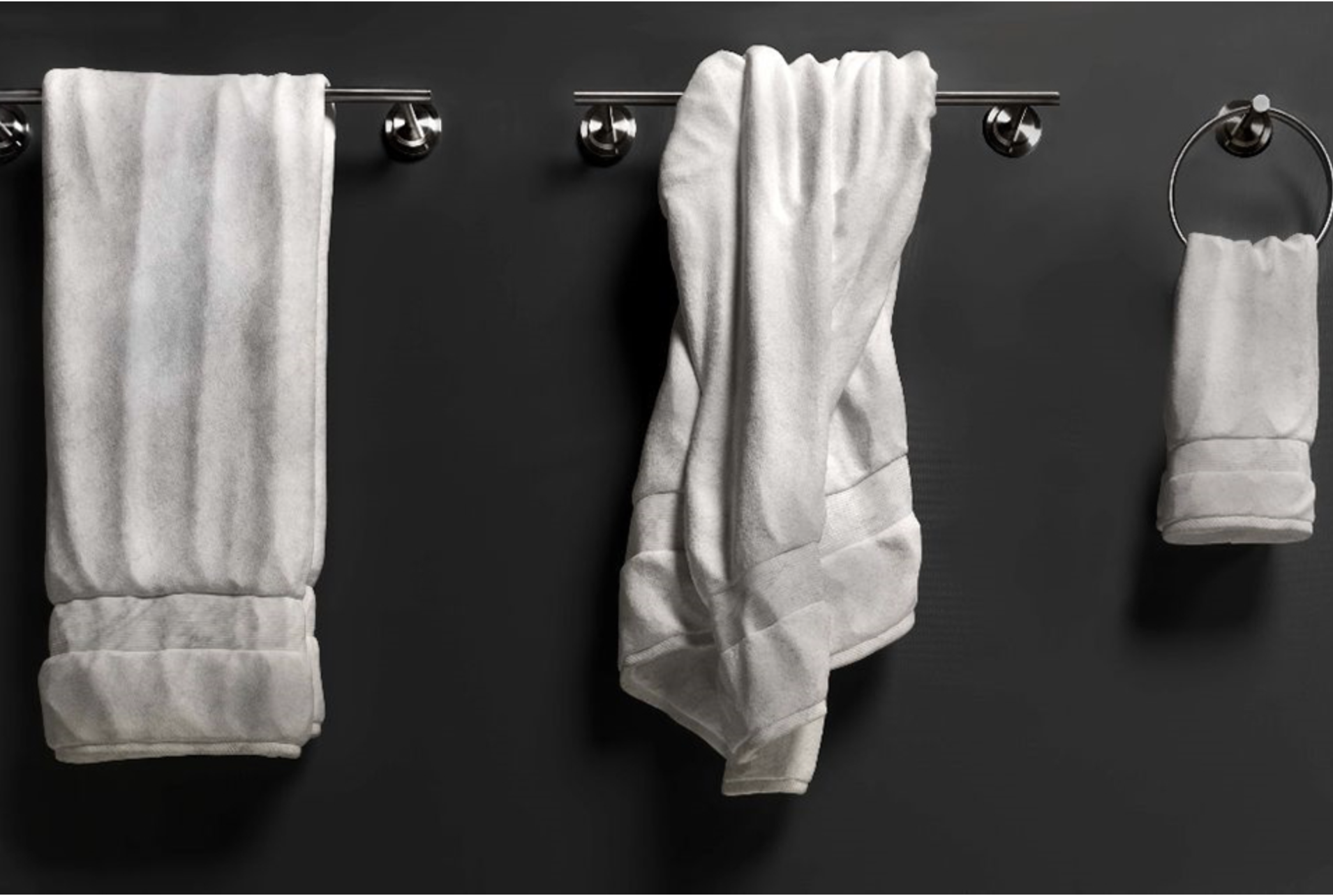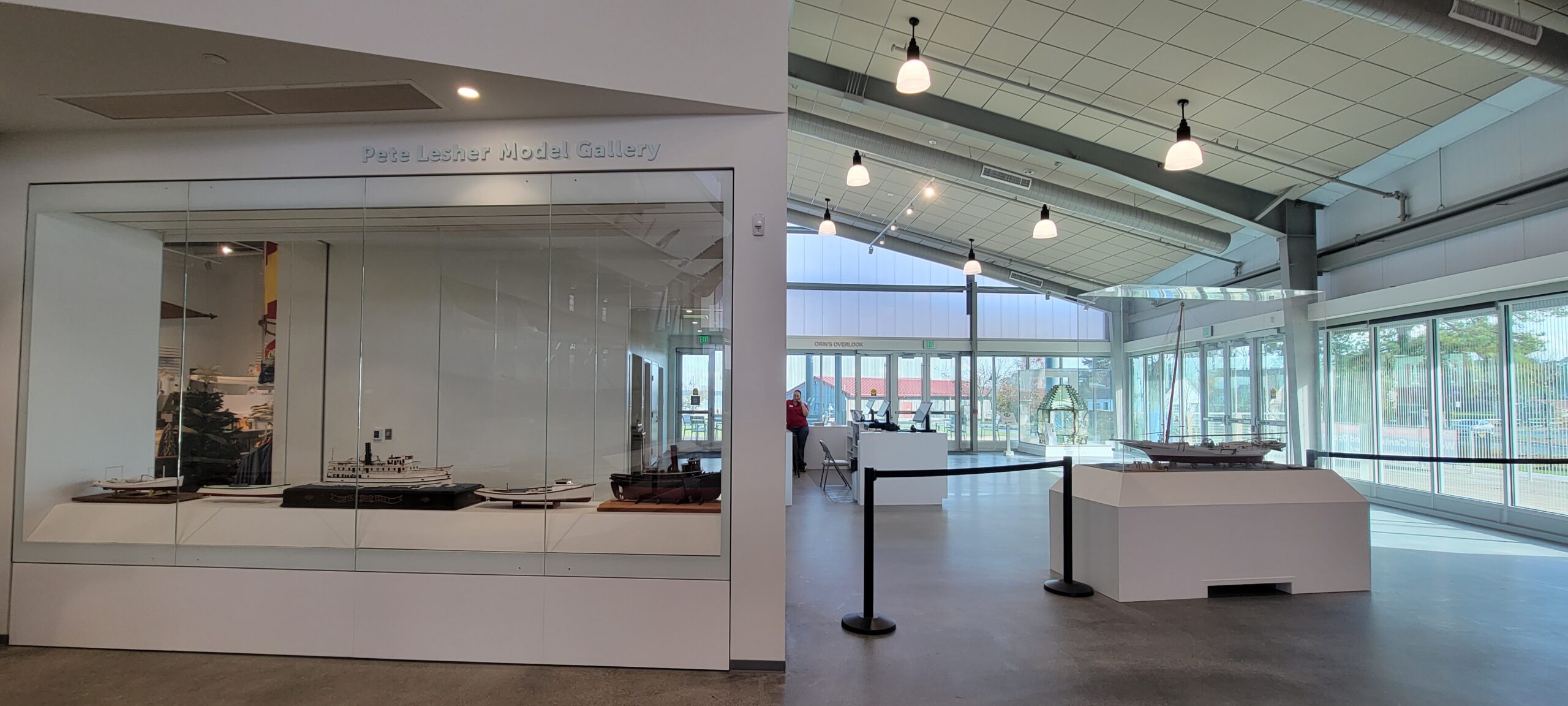A few times a year, the Spy makes it a point to check in with the Oxford Community Center’s Liza Ledford. The OCC is indeed a thriving community-supported arts program for the town’s relatively small number of residents. but the reality is that due to its extraordinary programming, whether it be theatre, art, music, or lectures, the OCC is a remarkable standout on the entire Mid-Shore.
That’s one of the many reasons the OCC received a rural development grant to upgrade its technology, allowing for even high-end profile music events, including a new jazz series under the directorship of Al and Marty Sikes this year.
In our chat with Liza, she highlights this bold new initiative as well as other special events that will make Oxford once again a Shore favorite in 2024.
This video is approximately five minutes in length. For more information about the Oxford Community Center, please go here.




 Ramirez has been juried into shows in Annapolis and Columbia, MD, in addition to multiple shows around the Eastern Shore.
Ramirez has been juried into shows in Annapolis and Columbia, MD, in addition to multiple shows around the Eastern Shore.














